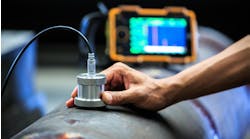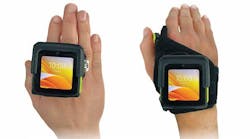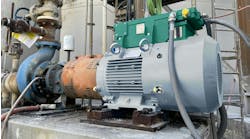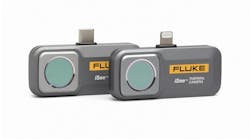Additive manufacturing is driving the imaginations of material scientists in a way reminiscent of past technological phase-shifts, like the growth of computer science in the 1980s or astrophysics in the 1950s. In particular, the latter science seems to be contributing something to the excitement surrounding 3D printing at Metal Technology Inc., a forger in Albany, OR.
MTI is a specialty manufacturer that uses multiple processes (deep-drawing, metal spin forming, machining and EDM) to produce highly engineered parts in critical materials, including tantalum, niobium, zirconium, titanium, tungsten, Inconel, and molybdenum.
Sparking MTI’s interest in AM/3DP is the considerable scale of its activity with primary manufacturers in the space “space”, such as Aerojet Rocketdyne, ATK, Boeing, Honeywell, Lockheed Martin, Moog, Orbital Sciences, Pratt & Whitney, Sierra Nevada Corp., United Launch Alliance, UTC Aerospace, and others.
MTI has produced forgings for NASA’s Orion capsule, which is expected to be carried into space on the new Space Launch System.
NASA is actively integrating AM processes into its engineering and design work, because additive processes make it possible to produce low volumes of highly engineered parts, using high-tech materials. Propulsion engineers and other NASA scientists are using such processes to integrate new features to existing component designs, or joining individual parts using additive manufacturing methods to improve functionality of current designs.
In addition to its forging and other capabilities, MTI’s process technologies include direct metal laser sintering (DMLS). DMLS uses laser power to melt powdered alloys in a bed, according to a pattern defined a CAD program. Last fall MTI started a collaborative manufacturing project with NASA’s Johnson Space Center, using the 3DP process to produce a rocket chamber and a nozzle for an unnamed space program.
MTI noted that Inconel 718 is strong enough to withstand extreme heat and corrosive environments without losing its rigidity or becoming brittle. “The project provided amazing dialogue and collaboration between the NASA and MTI development teams,” according to MTI CEO Gary Cosmer, “and the results were excellent.”
Jason Stitzel, director of engineering, added “the test results are very similar to wrought material and in some cases better. We were surprised to find that the tensile and yield strength were higher for the 3D printed components with only slightly lower elongation performance.”
But Inconel is just one line of 3DP research at MTI. It also is focused on C-103, a niobium based alloy widely used in space applications because of its formability, cost, weight, and reliability. MTI spheridized a sample of C-103 powder then tested the refined spheridized version in a powder-bed laser additive manufacturing system. “Initial results are very promising,” Stitzel reported. “Powder flow is much better than unprocessed powder and layering is much smoother.”









